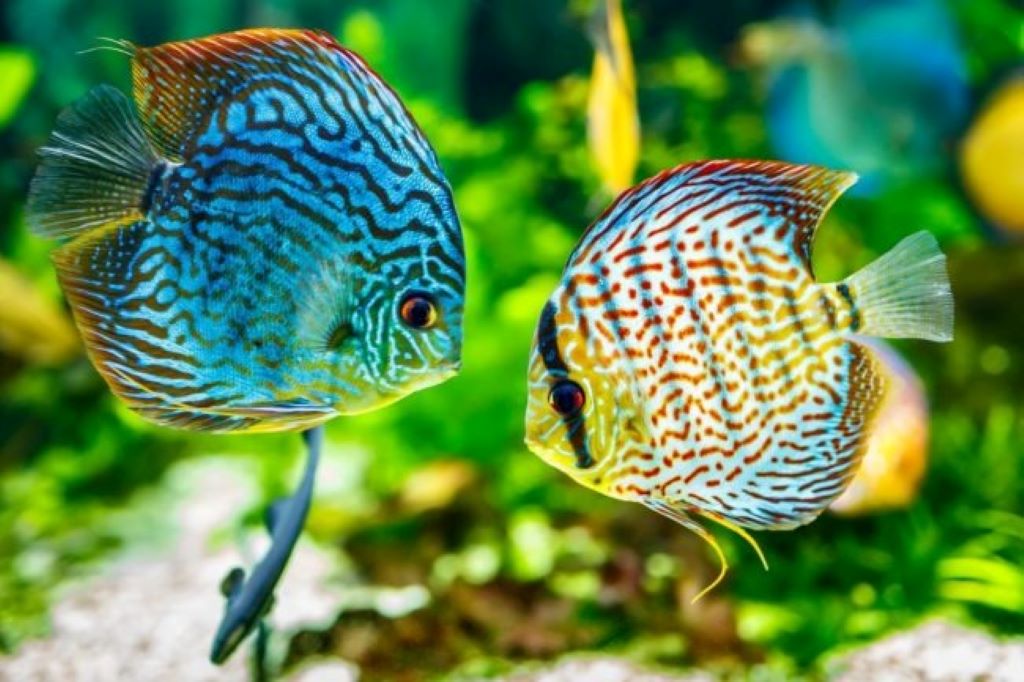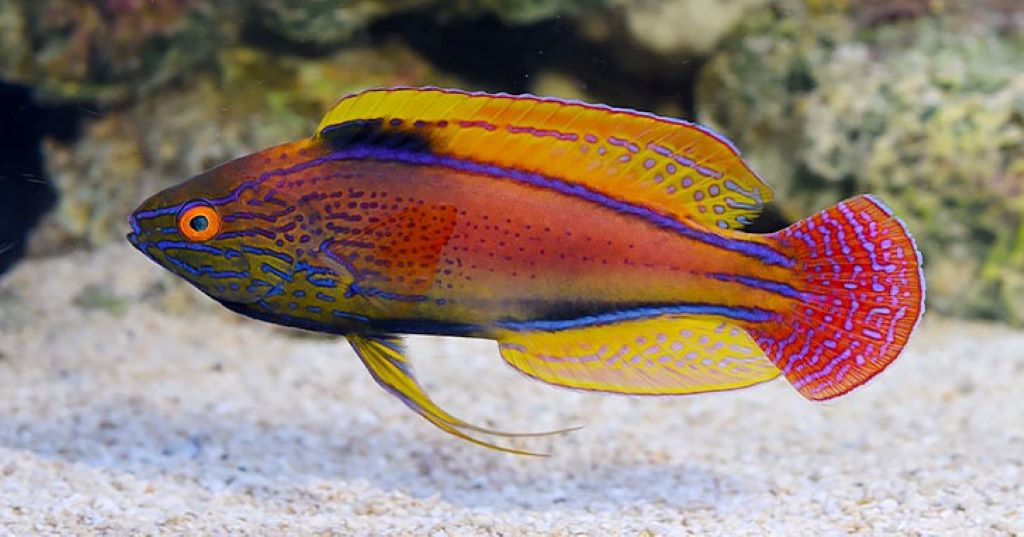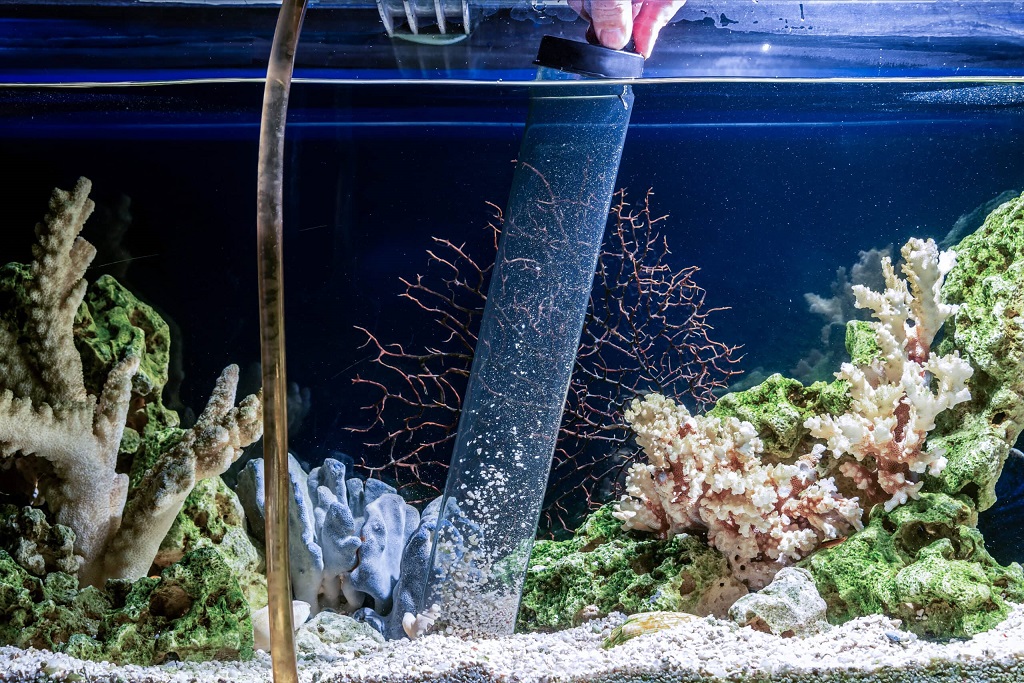Introduction
Maintaining a healthy aquatic environment is crucial for the well-being of your finned friends. When fish fall ill, aquarium medications often become a necessary intervention. However, the timing and execution of water changes in relation to medication use can significantly impact treatment effectiveness. The impact of water changes on aquarium medication is an important factor to consider, as it can either enhance or hinder the healing process. This comprehensive guide delves into the intricate relationship between water changes and medication, outlining the pros and cons, offering expert reviews, and answering frequently asked questions to empower you with the knowledge to make informed decisions for your aquatic companions.
Understanding the Dynamics: Water Changes and Medication
Water changes are a fundamental aspect of aquarium maintenance, diluting harmful toxins and replenishing essential minerals. However, when administering medication, the role of water changes becomes more nuanced. Medications work by achieving and maintaining a therapeutic concentration in the water column to combat pathogens or address specific health issues.
Performing a water change during treatment can inadvertently disrupt this delicate balance. By removing a portion of the treated water, you effectively reduce the concentration of the medication, potentially hindering its efficacy. In some cases, this can lead to treatment failure, prolonged illness, and even increased stress on the fish.
Pros and Cons of Water Changes During Medication
Pros:
- Toxin Removal: In some cases, the disease itself or the breakdown of medication can release toxins into the water. A partial water change can help remove these toxins, improving water quality and reducing stress on the fish.
- Oxygenation: Fresh water is naturally higher in oxygen, which is crucial for fish health, especially when they are stressed or fighting illness.
- Maintaining Water Parameters: Some medications can alter water parameters like pH or hardness. A water change can help stabilize these parameters, creating a more favorable environment for recovery.
Cons:
- Reduced Medication Effectiveness: As mentioned earlier, the primary drawback is the dilution of medication, potentially leading to treatment failure.
- Stress on Fish: Frequent water changes, especially large ones, can stress fish already weakened by illness.
- Increased Treatment Duration: If medication levels are consistently lowered due to water changes, the treatment duration may be extended, prolonging the fish’s discomfort.
Expert Reviews and Recommendations

Experienced aquarists and veterinary professionals emphasize the importance of carefully considering water changes during medication. Here are some insights from experts:
- Dr. Jessie Sanders, Aquatic Veterinarian: “It’s crucial to follow the medication’s instructions meticulously. Some medications may require specific water change schedules, while others advise against them during treatment. When in doubt, consult an aquatic veterinarian for personalized advice.”
- John Smith, Aquarist with 20+ years of experience: “In my experience, smaller, more frequent water changes (10-20%) can be beneficial in some cases, especially if the medication significantly impacts water quality. However, it’s essential to monitor the fish closely and adjust the water change schedule as needed.”
How to Cycle a Quarantine Tank Quickly and Safely: A Comprehensive Guide
Popular FAQs
Q1: Can I perform a water change before starting medication?
A: Yes, it’s generally recommended to perform a water change before starting medication. This helps remove any existing toxins and ensures the medication is not diluted immediately upon addition.
Q2: How often should I change the water during medication?
A: The frequency of water changes during medication depends on several factors, including the type of medication, the fish’s condition, and water quality parameters. Always follow the medication’s instructions and consult an expert if unsure.
Q3: What size water change is appropriate during medication?
A: If water changes are necessary during medication, smaller, more frequent changes (10-20%) are generally preferred over large ones. This minimizes medication dilution and reduces stress on the fish.
Q4: Are there any medications that specifically require water changes during treatment?
A: Yes, some medications, particularly those treating parasitic infections, may require specific water change schedules to remove free-swimming parasites or their eggs.
Q5: What should I do if I accidentally perform a water change during medication?
A: If you inadvertently perform a water change, monitor the fish closely for any signs of worsening symptoms. You may need to re-dose the medication, but it’s crucial to consult an expert before doing so.
Conclusion
Water changes are an integral part of aquarium maintenance, but their role during medication requires careful consideration. While they can offer benefits like toxin removal and oxygenation, they can also dilute medication and hinder treatment effectiveness. By understanding the dynamics between water changes and medication, following medication instructions diligently, and seeking expert advice when needed, you can ensure the best possible outcome for your aquatic companions. Remember, prioritizing your fish’s health and well-being is paramount in creating a thriving aquatic environment.
Read More:
Natural Algae Control in Freshwater Tanks




